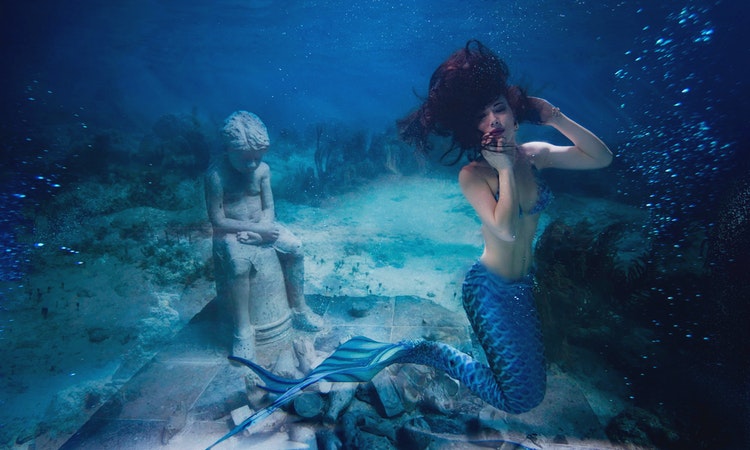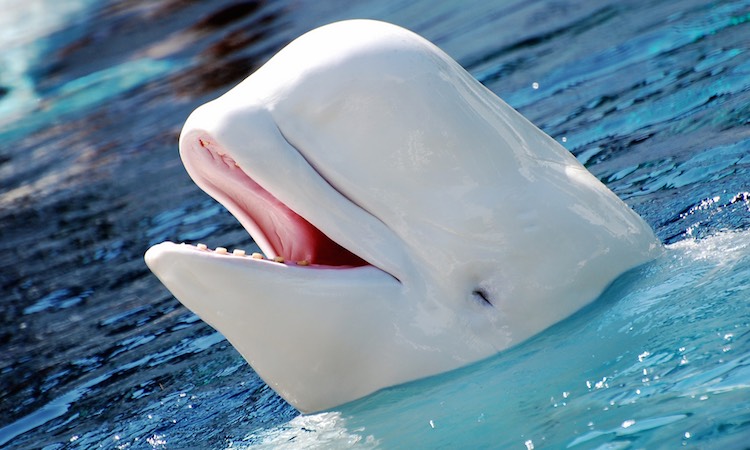The ocean has unquestionably hosted some of the greatest creatures to ever live on our planet. On this list are vast array of enormous prehistoric sea creatures, including the megalodon, mauisaurus, and liopleurodon.
Do you like learning about things that once terrified our ancestors? Well, buckle up and get ready to be scared stiff by reading on. These are 12 of the most spine-chilling prehistoric sea creatures to have ever lived!
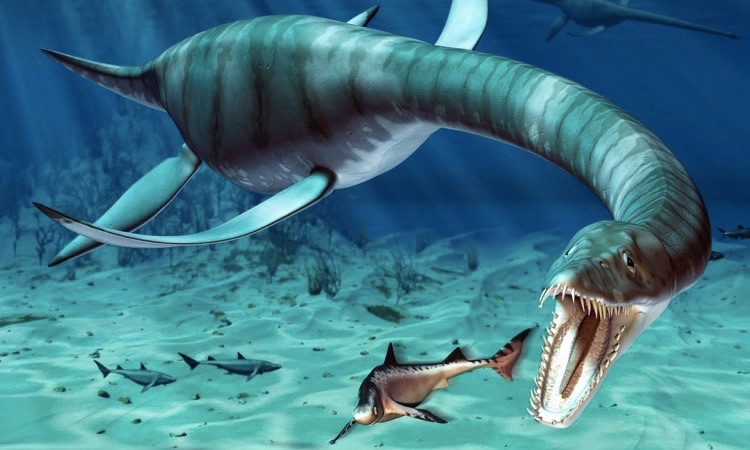
Megalodon
The megalodon, due to its depiction in movies and books, is likely the most well-known prehistoric sea creature. It was a gargantuan shark that lived 23 million to 3.6 million years ago during the Early Miocene and Pliocene epochs.
The great white shark’s close relative, the megalodon, is one of the most thought of as powerful and deadly predators to have ever lived in our oceans. Its remains are fragmentary, which means that finding an entire fossil is quite difficult.
However, due to the shark’s regular tooth loss, there are a large number of teeth worldwide. They may reach lengths of up to 52 feet (16 meters), according to scientists.
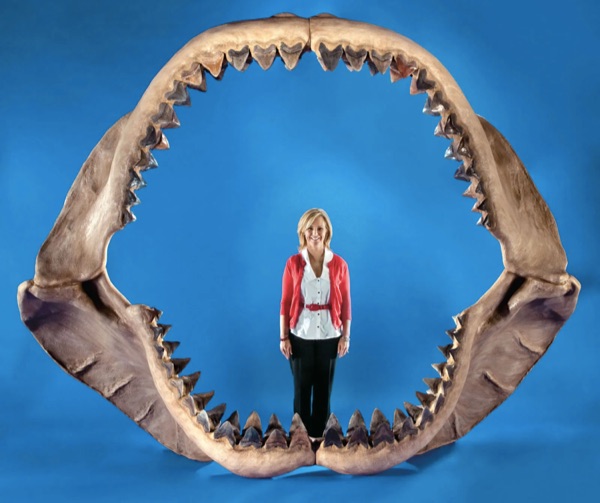
Leedsichthys
The leedsichthys was a pachycormid fish that lived during the Middle Jurassic period. It inhabited the seas in the Middle Jurassic period. It is now recognized as being earth’s mightiest ray-finned fish.
The fish is named after Alfred Nicholson Leeds, who discovered important fossils of the beast in 1889. Accounts of its size vary from thirty feet (9 meters) to one hundred feet (30 meters).
Scientists have settled on close to fifty feet (sixteen meters) in length, with ten-foot-long individuals being most likely. The leedsicthys had extended pectoral fins and a towering tail fin, according to the fossilized bones. Their gills filtered plankton as their primary food source.
Plesiosaur
The term plesiosaur refers to a group of extinct Mesozoic Era marine reptiles. They thrived during the Jurassic Period, some 203 million years ago, and were prevalent throughout the Cretaceous Period. Because of the end-Cretaceous extinction event, which wiped out the species 65 million years ago, the plesiosaur became extinct.
Since the first finding of plesiosaur bones, over 100 distinct species have been discovered. This ancient sea creature had a broad, wide-bottomed body with a short tail. Flippers were present on the four limbs, allowing them to glide through the water freely. They breathed air and were most likely warm-blooded animals.
Tylosaurus
The tylosaurus was a large marine reptile that belonged to the mosasaur group. It had a long, cylindrical snout with around 25 teeth in its upper jaw and 26 teeth in its lower jaw.
It was one of the largest mosasaur species and may have stretched to 40 feet (12.2 meters) during the Late Cretaceous period, when it was the top predator in its area.
The most well-known finding of a tylosaur was in 2014, when it was given the title of Largest Publicly Displayed Mosasaur, Bruce (below).
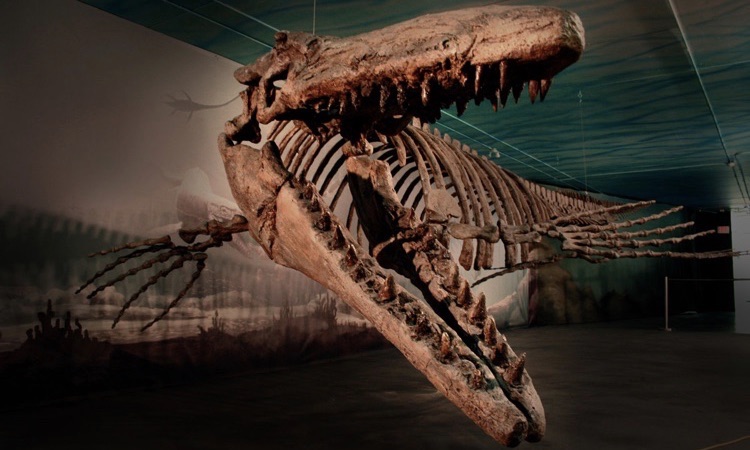
Mosasaurus
A mosasaur is a type of prehistoric sea creature that lived during the Late Cretaceous period, approximately 82 to 66 million years ago.
They inhabited the area around Campanian and Maastrichtian time periods. Mosasaurs were first discovered in Maastricht in the 1700s, after fossilized bones were found there.
Prehistoric sea creature estimates state that they were once measurements of around fifty-eight feet (17.6 meters).
The now extinct animal lived in the Atlantic Ocean as well as other global seaways including North America, South America, Africa, Western Asia, and Antarctica. Fossils from these areas serve as our current proof of their existence.
The largest of the mosasaurs was a huge animal, weighing up to 25 tons and reaching lengths up to 23 feet. The Mosasaurus fed on everything he desired in order to survive. He also consumed other mosasaurs, sharks, seabirds, and even other reptiles.
Liopleurodon
Had there been an aquarium scene in Jurassic Park, and if more animals had been featured from the Jurassic period, liopleurodon would have most likely made an appearance. Even though the true size of these creatures is debated (some scientists say they were over 50 feet long), most agree that it was approximately 20 feet long.
With one fifth of that being its pointy teeth-filled head. When the mouth of what is considered the “smaller” estimate can still fit around you whole, that still a rather large animal.
Scientists have tested the paddle form of these prehistoric sea creatures on tiny swimming robots and discovered that, while they would not have been very quick, they were extremely agile. They also had the ability to perform rapid, short bursts like crocodiles, which add to their intimidation factor.
Ammonite
The small, extinct mollusc known as an ammonite-related to living coleoids such as squid and octopuses-first appeared during the Devonian period.
The last of these prehistoric sea creatures died out in the Cretaceous extinction event 66 million years ago. Their fossils are spiral shaped and fairly common finds.
Unfortunately, we know very little about how the ammonite lived. Their soft body parts are scarcely preserved in fossils, but it’s probable they were skilled swimmers and spent their time in open water.
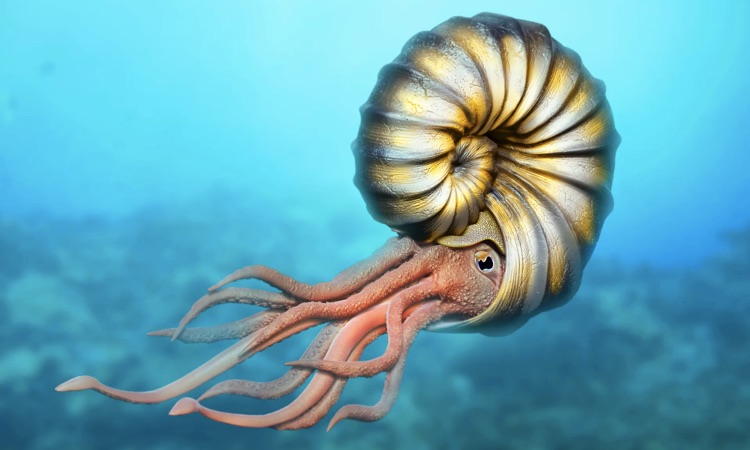
Kronosaurus
Kronosaurus was a genus of short-necked pliosaur that lived during the Early Cretaceous Period. It was was named after Kronos, who was the leader of the titans in Greek Mythology. Bones attributed to Kronosaurus have been recovered in Australia and Colombia.
In Australia, the kronosaurus was discovered in 1899. In Colombia, the reptile wasn’t found until 1977 by a man digging in his field. The creature had a long head and short neck with four flippers. Additionally, its tail was stubby with sharp teeth poking out of its mouth.
Mauisaurus
Mauisaurus was named after the Maori deity Maui, who pulled New Zealand’s islands from the ocean floor with a fish hook, so you can just guess how large it’ll be. The neck of Mauisaurus stretched up to 49 feet long; only sauropod dinosaurs had longer proportionate (and “actual”) necks than it.
The neck was about 66 feet long, and it had a lot of vertebrae, suggesting that it was flexible. Imagine a snake strung through a sea turtle with no shell to give you an idea of what this thing looked like.
Back in the Cretaceous era, creatures that lived near water had to worry about Velociraptors and Tyrannosaurs; it’s unclear which is worse. As far as science can tell, Mauisaurus was limited to the New Zealand area, showing that the landmass that would one day become Australia and its neighbors has always been a dangerous place.
Helicoprion
Although the helicoprion is now extinct, we know that this shark-like fish once lived 290 million years ago in areas including North America, Eastern Europe, Asia, and Australia. The little evidence of its existence suggests that it was characterised by “tooth whorls”.
The tooth whorl was discovered in Idaho and measured 18 inches (45 cm) long. The entire fish, perhaps 33 feet (10 meters) long, was previously reported. Other findings suggest that it may have been as lengthy as 39 feet (12 meters). The “tooth whorl” resembles a circular saw and has all of the teeth from the lower jaw.
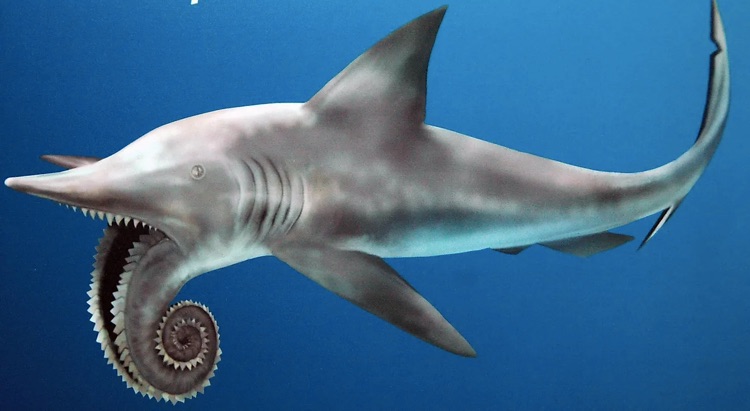
Basilosaurus
The Basilosaurus was once thought to be a reptile, but it has been reclassified as a marine mammal since then. It chewed its food, unlike other sea animals that swallow whole, and had big rows of teeth. Its name means “king lizard,” and it inhabited the late Eocene period, between 41.3 and 33.9 million years ago.
The Basilosaurus was the first prehistoric whale known to humanity, with the first fossils discovered on the Gulf Coast. The creature was approximately 49-66 feet long (15-20 m). The basilosaurus inhabited the Tethys sea and ruled at the top of its ecosystem, according to legend. It most likely consumed sharks, big fish, and other marine mammals.
Frilled Shark
The frilled shark is the only one of our amazing prehistoric sea creatures that is still around today. It dwells in the world’s deepest seas and has been there for at least 80 million years.
The frilled shark gets its namesake from the unique, fray-like shape of its six gills. Although related to more common sharks, they resemble snakes or eels much more closely than great white sharks. On average, these ocean-dwelling predators have 300 teeth in a hinged jaw.

